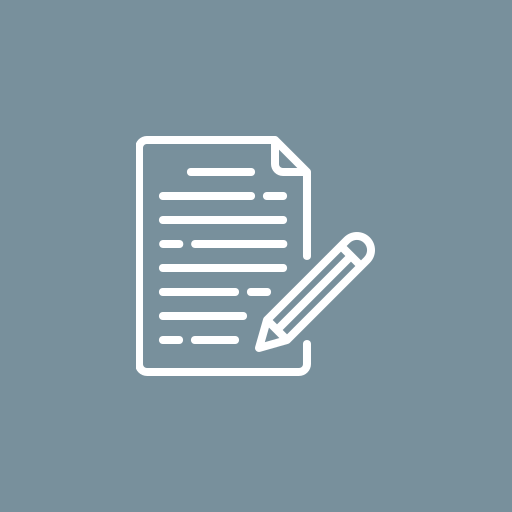How Is the Quality of Home Healthcare Monitored?

As more people turn to in-home care for medical support and recovery, one crucial question often arises: “How is the quality of home healthcare monitored?” Ensuring that patients receive safe, effective, and compassionate care is a top priority for Home Healthcare(الرعاية الصحية المنزلية) providers, insurers, and families alike. To maintain high standards, home healthcare agencies follow strict regulations, undergo evaluations, and rely on patient feedback, clinical outcomes, and professional accountability.
Regulatory Oversight and Accreditation:
The first layer of quality monitoring in home healthcare is regulatory oversight. Government agencies and independent organizations ensure that care providers meet specific legal and professional standards. Key oversight mechanisms include:
-
Medicare certification through the Centers for Medicare & Medicaid Services (CMS)
-
State licensing requirements that vary by location
-
Accreditation by national organizations like The Joint Commission or CHAP (Community Health Accreditation Partner)
-
Compliance with HIPAA to protect patient privacy and data
These certifications ensure that home healthcare agencies follow evidence-based practices, maintain proper staffing, and implement safety protocols.
Clinical Standards and Performance Measures:
To ensure patients are receiving proper care, agencies must meet specific clinical benchmarks and adhere to best practices. Clinical quality is tracked through various metrics and patient outcome reports. These standards often include:
-
Timely initiation of care after hospital discharge
-
Improvement in patient mobility and function
-
Medication management and adherence
-
Reduction in hospital readmissions and emergency visits
-
Infection control and wound care effectiveness
Agencies report this data to CMS and other health organizations, which publicly publish the results, allowing patients and families to compare agency performance.
Staff Qualifications and Ongoing Training:
Another essential aspect of monitoring the quality of home healthcare lies in the competency and professionalism of the caregivers themselves. Agencies must ensure their teams are not only qualified but also receive continuous training. This process includes:
-
Background checks and licensure verification for all healthcare workers
-
Ongoing education in new medical procedures, technologies, and safety practices
-
Annual competency evaluations and performance reviews
-
Specialized training for chronic conditions, pediatric care, or hospice support
This focus on staff education ensures that patients receive care from professionals who are up-to-date on the latest medical standards and techniques.
Patient Feedback and Satisfaction Surveys:
When considering “how is the quality of home healthcare monitored?”, patient experience plays a vital role. Feedback from those receiving care—and their families—offers direct insight into the effectiveness and compassion of services provided. Common methods for collecting feedback include:
-
Patient satisfaction surveys, often administered by CMS or private agencies
-
Direct communication and follow-up by agency supervisors
-
Family and caregiver input on responsiveness and support
-
Complaints and grievance procedures to address service concerns
Many agencies use this feedback to make real-time improvements and adjust care plans based on individual needs and preferences.
Technology and Digital Monitoring Tools:
Modern technology has significantly enhanced the ability to track and ensure quality in Homecare Treatments(علاجات الرعاية المنزلية). Agencies are increasingly relying on digital tools to maintain accuracy, transparency, and accountability. Examples include:
-
Electronic Health Records (EHRs) to monitor care plans and progress in real time
-
Telehealth platforms that allow remote consultations and check-ins with healthcare providers
-
Mobile apps for nurses and aides to log visits, medication times, and patient notes
-
Alert systems for falls, vital signs monitoring, or medication reminders
These tools not only support better care delivery but also provide administrators and families with immediate insights into patient status and caregiver activity.
How Families Can Evaluate and Monitor Care Quality?
While agencies and regulators have systems in place, families can and should take an active role in monitoring the care their loved ones receive. Here’s how to stay involved:
-
Ask for performance data or CMS star ratings when selecting a home healthcare provider
-
Meet regularly with the care team to review progress and adjust goals
-
Keep a personal log of visits, medications, and symptoms to compare with agency records
-
Voice concerns immediately and know how to escalate issues if care falls short
-
Encourage open communication between the patient, family, and caregivers
So, how is the quality of home healthcare monitored? Through a multi-layered system of regulation, performance metrics, staff oversight, technology, and family engagement—ensuring that every patient receives safe, respectful, and effective care in their own home.


